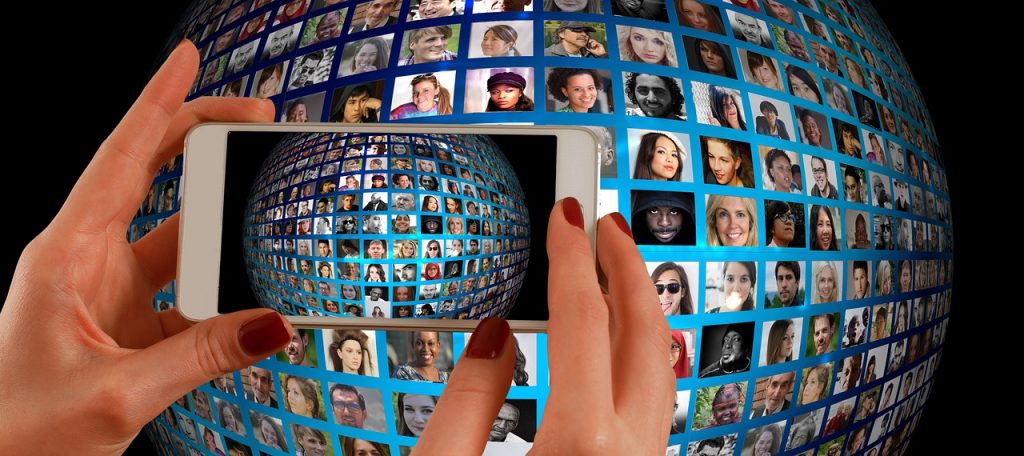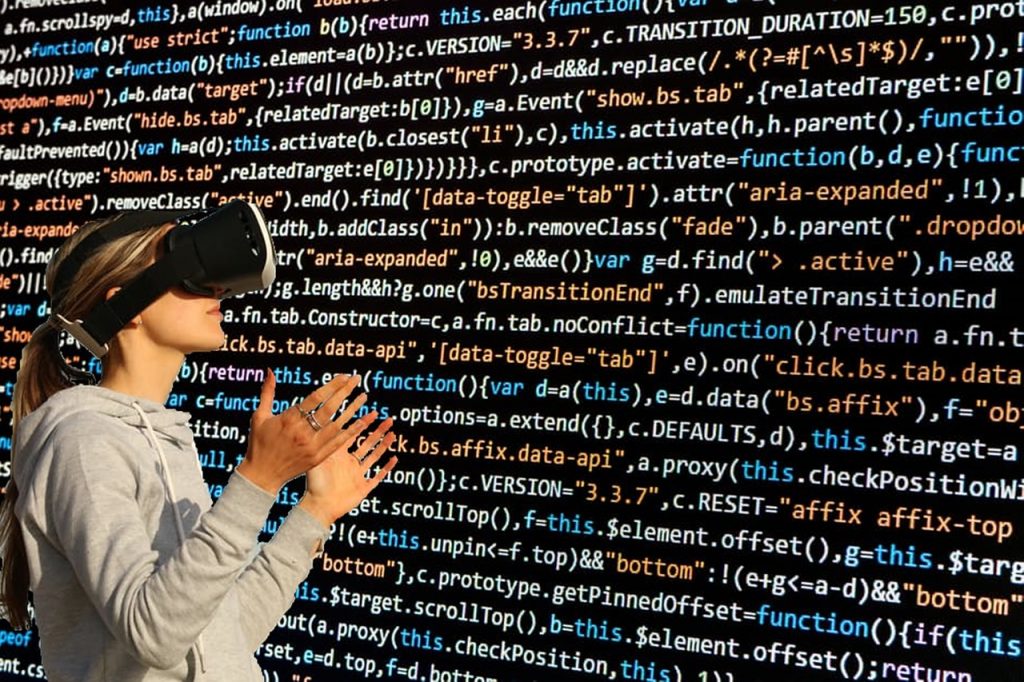How Microsoft Will Participate In The Metaverse
Microsoft will participate in the metaverse, here's how.
This article is more than 2 years old

The idea of an emerging digital reality called the metaverse has been all the rage since Meta, formerly Facebook, announced its big plans to develop one in the coming years. However, even though the idea of a metaverse has been dominating tech headlines in recent weeks, many companies have been flying under the radar for years developing their versions of potential metaverses. Tech giant Microsoft is among such companies. According to Windows Central, Microsoft is primed to launch the first phase of its ascension into the metaverse with the integration of Mesh into its video calling platform Microsoft Teams.
Microsoft is planning to launch Mesh in the early part of 2022. For the initial launch Mesh will simply act as an extended feature in Microsoft Teams. Users will have the option to use an avatar of themselves in place of they themselves being on camera. However, the avatar won’t just be a static photo, it will be a fully animated version of that person that has the ability to mimic your movements in real-time. Similar to the Memoji feature that Apple currently offers on its iOS devices.
Microsoft’s principal project manager for Mesh, Katie Kelly, explained how Mesh will initially work. “To start, we will take audio cues so as you talk your face will animate. You’ll also have animations that bring additional expressivity to the avatars. Your hands will move. There will be a feeling of presence even though it’s as simple as being able to take your audio and manifest that as facial expressions. That’s the first release.”

Later iterations of Mesh will see various evolutions to the software. Microsoft’s ultimate vision for the Mesh metaverse is one where individuals would use Microsoft’s HoloLens technology and other mixed-media devices to collaborate remotely, but just as closely in a fully 3-dimensional workspace. For instance, a group of architects drawing up plans could lay out their drafts on a digital table, a table that everyone involved could gather around and look at the others’ work, all while still being completely remote. Or an educator could effortlessly facilitate a hands-on exercise with their class – something that was impossible during the pandemic when all classes were being held remotely.
Kelly explained that “The idea is that you aren’t locked into this 2D interaction with your avatar. After I’ve formed a relationship with you, I know your avatar, I go into an immersive space that maybe has 20 other people in it. I’m going to see you in a corner and go, ‘Hey,’ and be able to go have a conversation.”
Even in Mesh’s first stage, the advent of using an avatar in place of oneself could have small quality of life benefits, too. For example, on the days where one might be too tired to turn on their camera or put on their make-up or even bring themselves to change out of their pajamas, instead of other people having to look at a giant letter representing your name or a still photo, one could still be an active participant through their fully animated digital avatar. Zoom fatigue (or in this case Microsoft Teams fatigue) is a real thing and a Mesh avatar presents one possible solution/prevention for it.
Microsoft’s tiered approach to the metaverse with its initial integration of Mesh looks promising. Ars Technica pointed out that not only does it look promising, but it also feels tangible. Microsoft plans to take this idea of people entering into a metaverse step by step and evolve the platform as technology does. Unlike Facebook, which is presenting what it could look like 10, 15, or 20 years from now, Microsoft is growing the project from its infancy by recognizing the uses and limitations of current technology.





